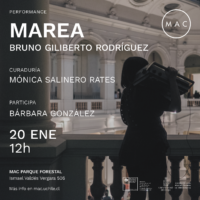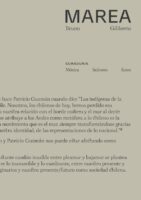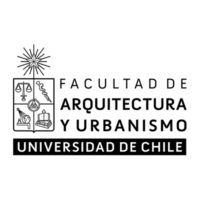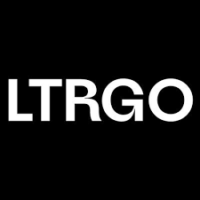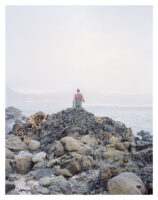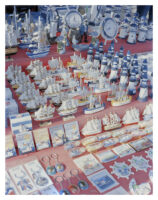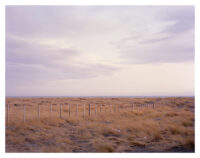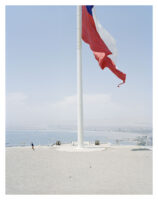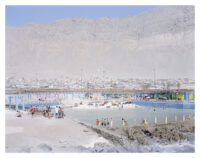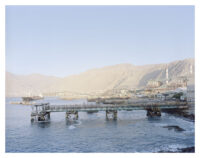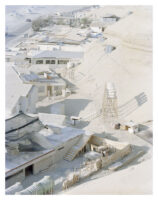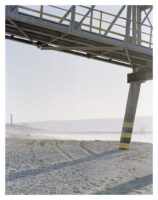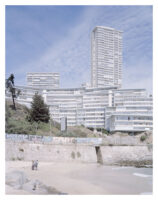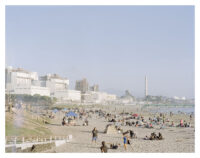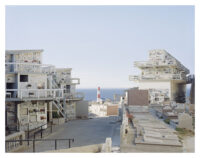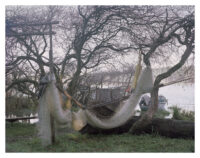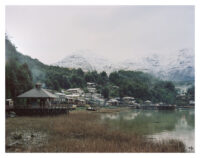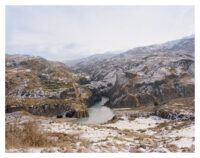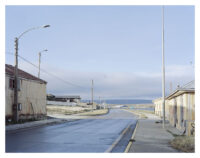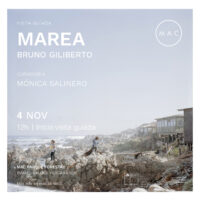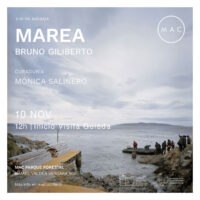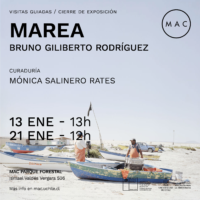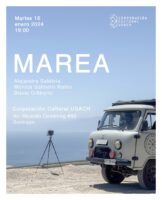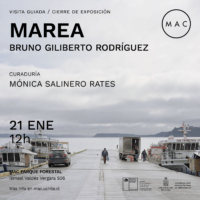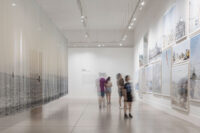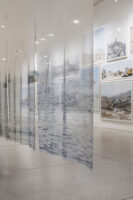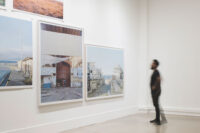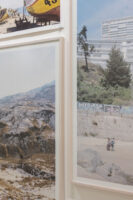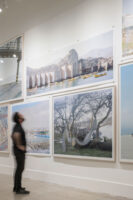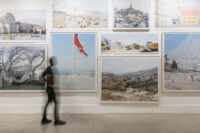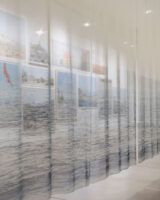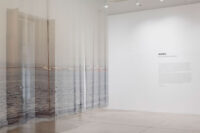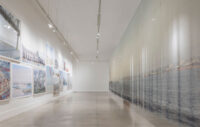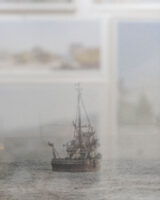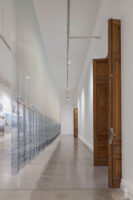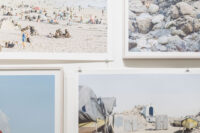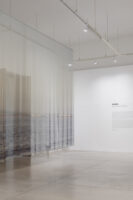
Solo Exhibiton


In the search for clues, images, meanings and knowledge about how the relationship with the sea constitutes us, Marea finds in the diversity of the coastal landscape and the unfolding of its mysterious luminosity from Arica to Cape Horn, a common language and habitat. The houses, streets, buildings, machinery, and trades, like fishermen and “encarnadoras”, move from bottom to top and to the rhythm of the ocean currents; the coves and ports are persistently placed facing north to protect themselves from the wind; and the symbols that try to colonise the sea, its history, and its opening of proportions persist. A slow and heavy historicity, which moves tons of water and recursively unfolds coloured containers inside each other in bays, boats and ships.
Faced with the incommensurability of the sea, our way of relating to it is precarious. The vast and complex space in between, of uncertain limits, which is the tide, confronts us with the greedy immediacy of human activity, of disruptive and ephemeral technologies and constructions. Festive and holiday days full of games momentarily activate the coastline adorned with souvenirs and sunshades, in contrast to its solitary and monotonous life for most of the year, organised around work and its model of extraction to the point of exhaustion. It is then that we discover that, although the sea is behind us, it is still present. We see all those things and implements that are the traces of its existence and of our need, of our memories far beyond that place where the culture of the coast disappears. And the fact is that in this territory you never end up entering the sea.
- Subject: Landscape Theory, Master in Architecture, University of Chile. Prof.: Paulina Fernández.
- Aula de Titulo-Paisaje Course, Diego Portales University. Prof. Nicolás Norero.
